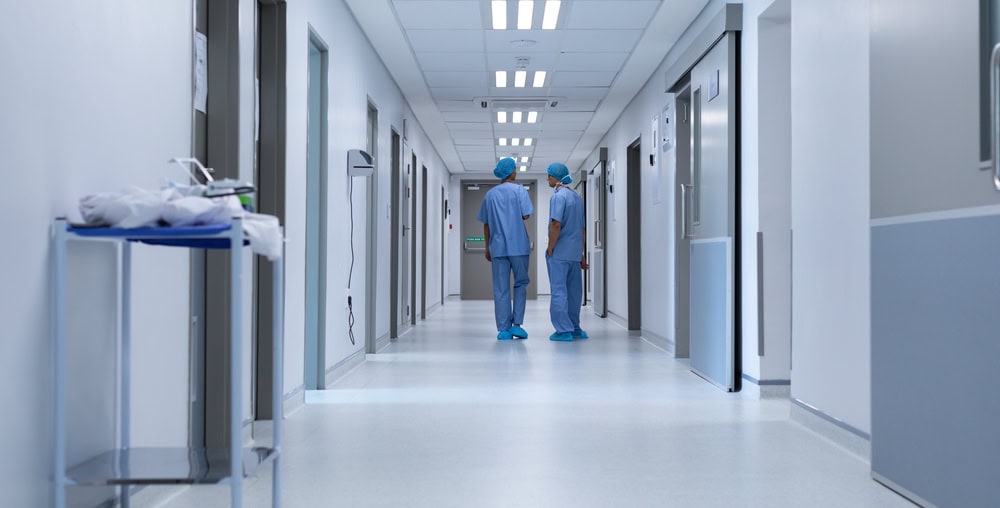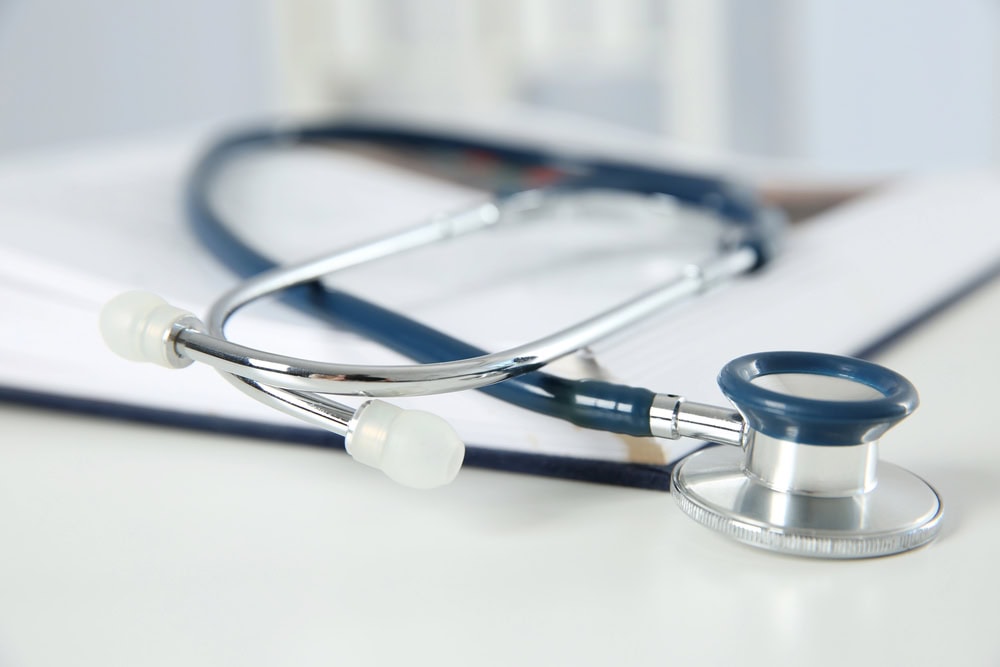Federal government improves radiation protection of the population
Audits for X-ray institutes, stricter regulations on radon levels, lower limits for the radiation dose that eyes can receive at the workplace: The aim is to provide the population with better protection against radiation in the future.

The population and the environment are to be better protected against ionizing radiation and the legal basis for radiation protection is to be adapted to the new international guidelines. At its meeting on April 26, 2017, the Federal Council adopted the corresponding ordinances in radiation protection. They will enter into force on January 1, 2018.
To better protect patients from unnecessary radiation, clinical audits are being introduced in hospitals and X-ray institutes. The aim is to avoid unjustified examinations and treatments. The audits are implemented in collaboration with medical societies.
In future, greater attention must be paid to radon exposure throughout Switzerland when building. A reference value of 300 becquerels per cubic meter now applies to the natural, radioactive gas radon in living and recreational spaces. This is to be taken into account above all in new buildings and renovations. In addition, new regulations apply to the handling of radioactive contaminated sites. These primarily involve measurements and remediation of affected properties. A current example of this is the contamination by radium from the watch industry.
The values below which the radioactivity of a substance is considered harmless are adapted to international standards. This will ensure better protection for the population and facilitate the cross-border movement of goods. This applies, for example, to the transport of special materials for recycling.
People in exposed workplaces will be better protected: in order to prevent cataracts, the limit value of the radiation dose that the eye lens may receive will be lowered. This mainly affects medical personnel who work with X-rays. The legislation also takes into account natural sources of radiation in everyday work, such as in waterworks or tunnel construction.
Airline personnel are now also considered to be occupationally exposed to radiation. For pilots and cabin crew, the annual radiation doses must therefore be calculated individually.









